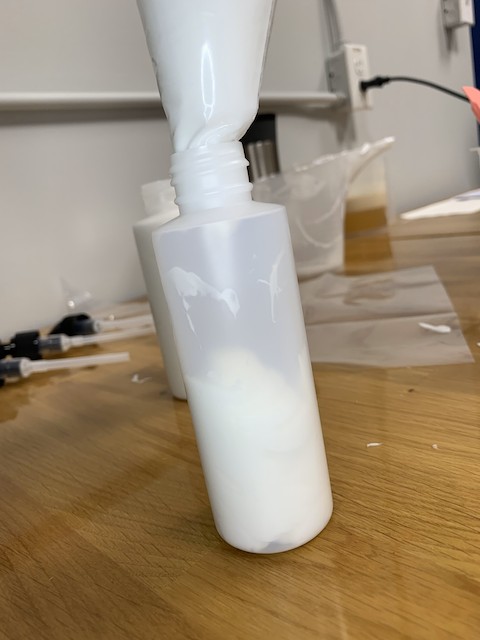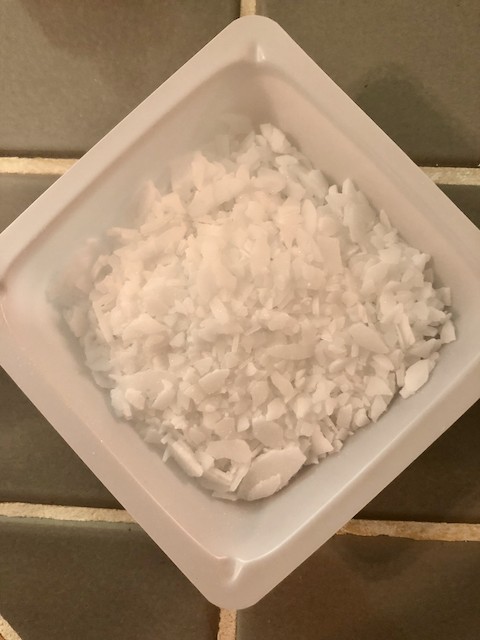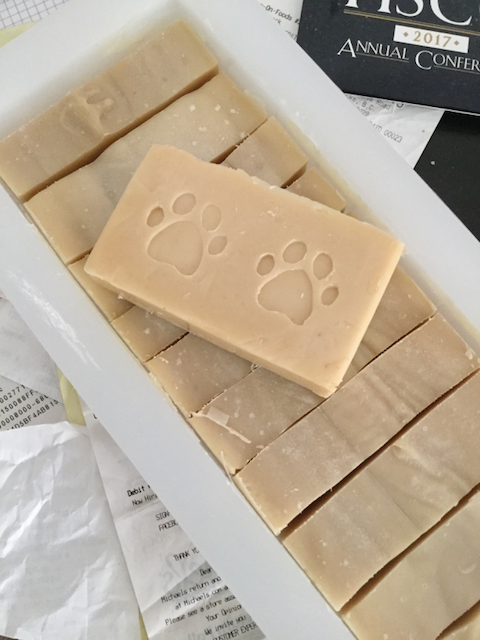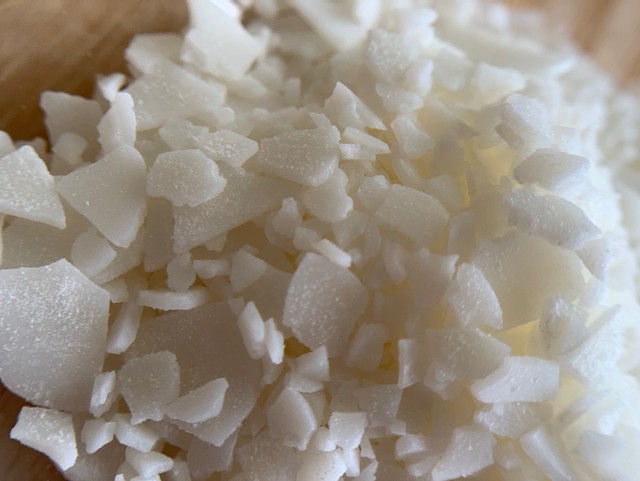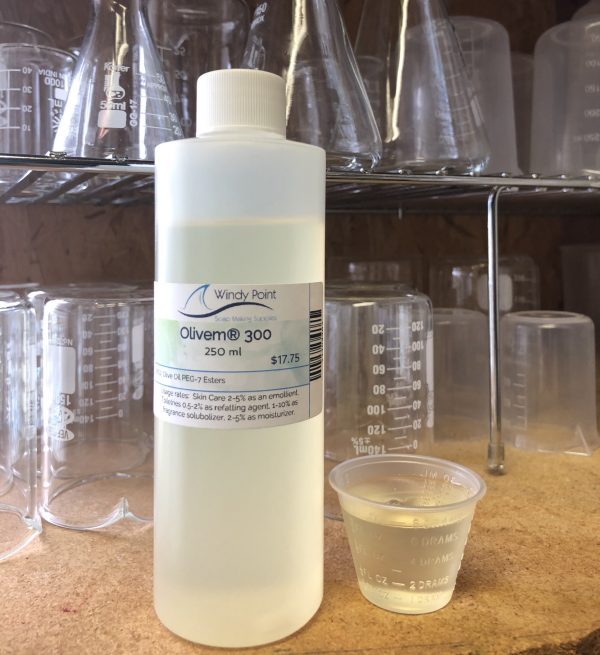Esters: Using cetyl palmitate as a substitute for fatty alcohols and acids (part one)
Catch up on this series: Part one, the chemistry and nomenclature of esters; part two, types of esters and their sensory characteristics; and part three, chemistry of the sensory characteristics. We also took a look at the hydrolysis of esters, and simple esters! Yesterday, we met cetyl palmitate, a simple waxy, flaky, oil soluble ester that...

